10 Must-Try Scandinavian Foods: A Culinary Adventure
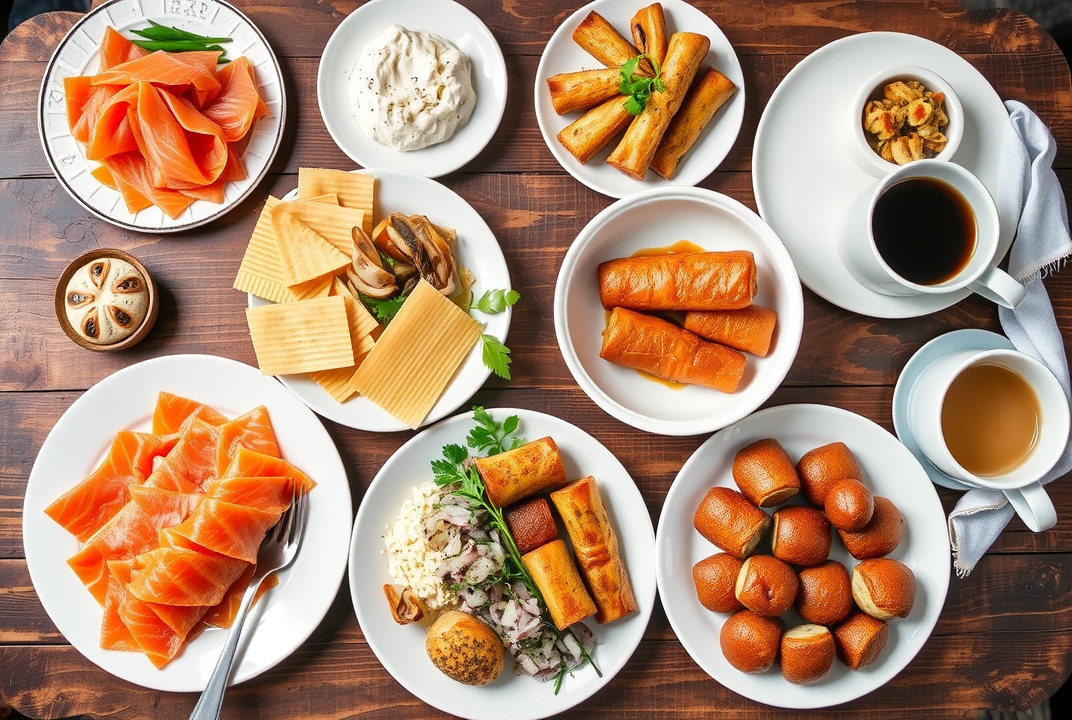
Introduction
Ever wondered what makes Scandinavian cuisine so special? Known for its simplicity and focus on fresh, regional ingredients, Scandinavian food is a unique blend of cultures from Denmark, Norway, and Sweden. From savory to sweet, these dishes resonate with a history of what many would consider a deep connection to nature and tradition. Join us as we explore the top 10 Scandinavian foods you need to try, offering a taste of the Nordic way of life.
A Quick Guide to Scandinavian Cuisine
Before diving into the specifics, it's helpful to understand the underlying principles of Scandinavian cooking. This region emphasizes quality ingredients and sustainable practices. Typical staples include fish, potatoes, grains, and berries, combined with simple cooking methods that highlight their natural flavors. There is always a touch of innovation as traditional recipes are adapted to fit modern tastes.
1. Gravlax
Gravlax is a staple Nordic dish that showcases cured salmon. Seasoned with dill, sugar, and salt, it offers a harmonious balance between salty and sweet. Typically served on rye bread with a mustard sauce, gravlax is both a feast and an introduction to the importance of seafood in Nordic regions.
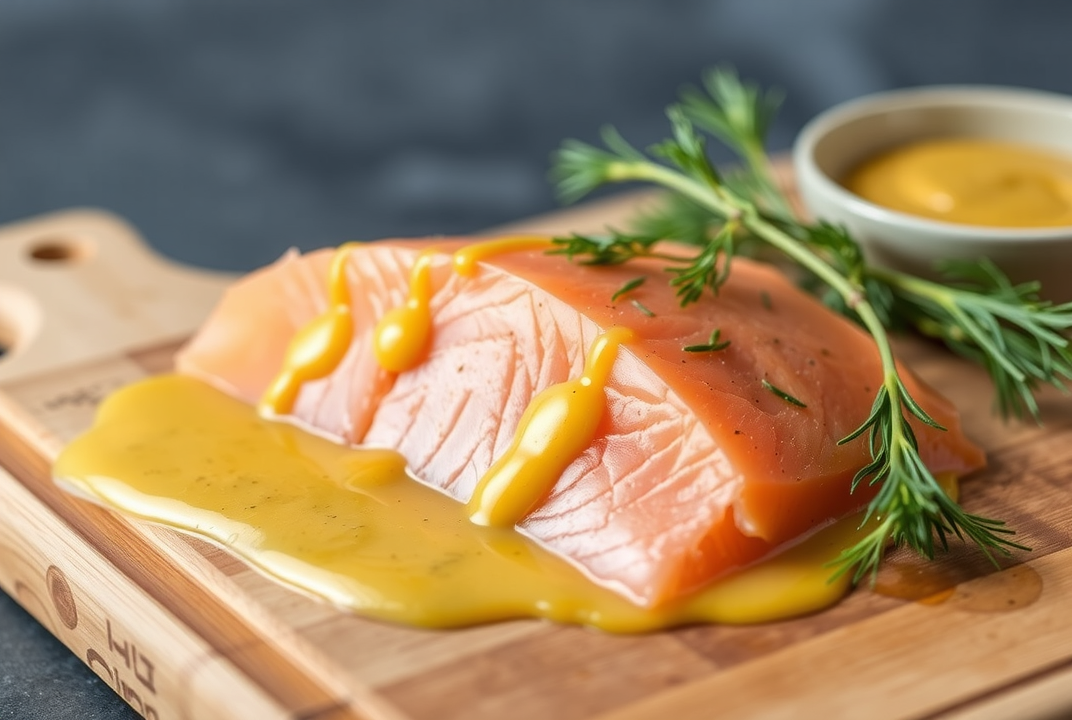
2. Smørrebrød
Denmark brings us smørrebrød, an open-faced sandwich that’s as varied as the imagination. Often served on rye, these sandwiches are topped with ingredients like herring, roast beef, eggs, and shrimp. Each bite is a medley of flavors, combining textures that excite the palate.
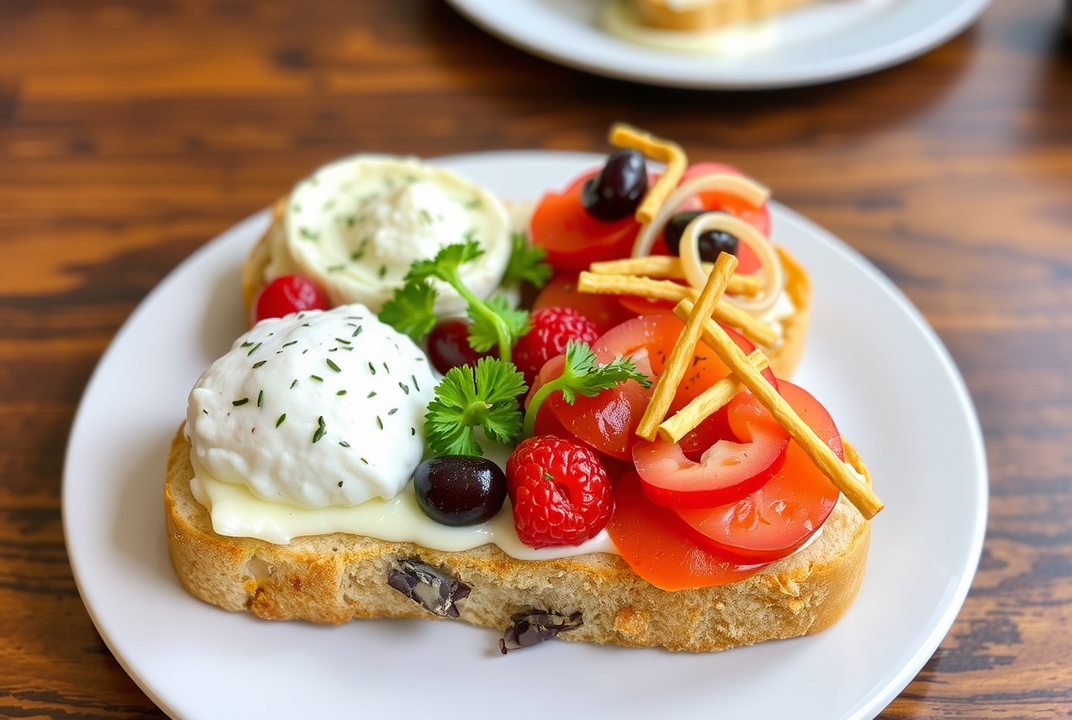
3. Köttbullar (Swedish Meatballs)
Swedish meatballs, or köttbullar, are famed around the world, often enjoyed with a side of lingonberry jam and creamy gravy. What sets them apart is the balance and blend of ground beef and pork, offering a moist and flavorful bite.
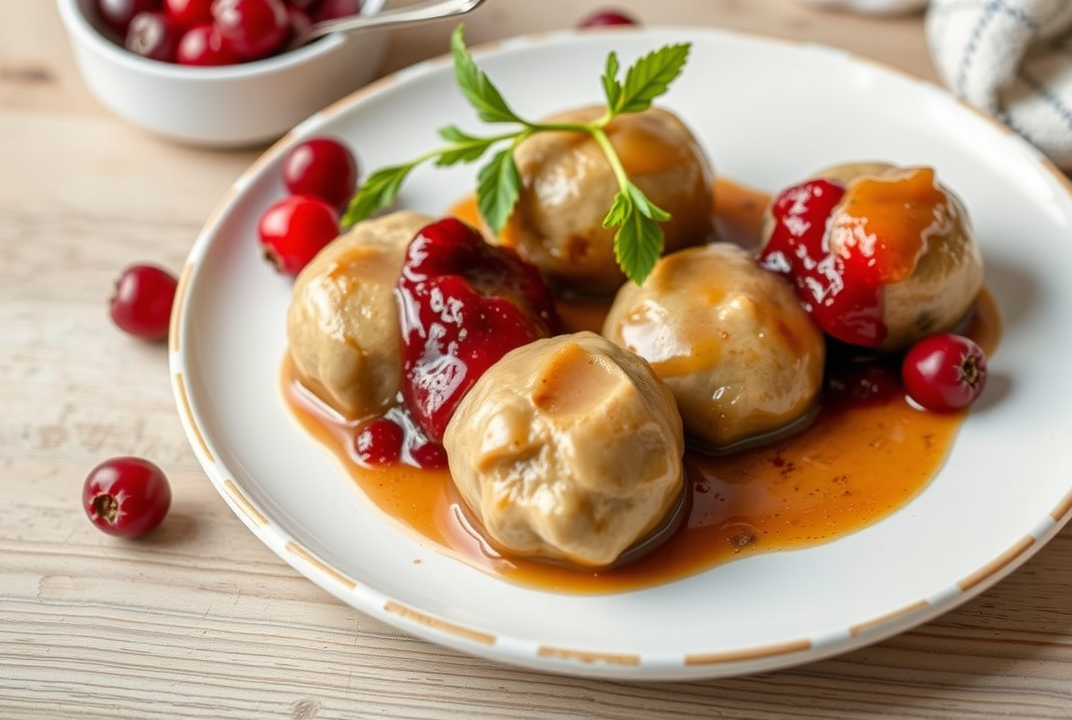
4. Herring
Herring is a versatile dish enjoyed throughout the Nordic countries. It can be served pickled, smoked, or fried, each method providing its unique twist. Herring is not only a protein-rich meal but also a cultural icon.
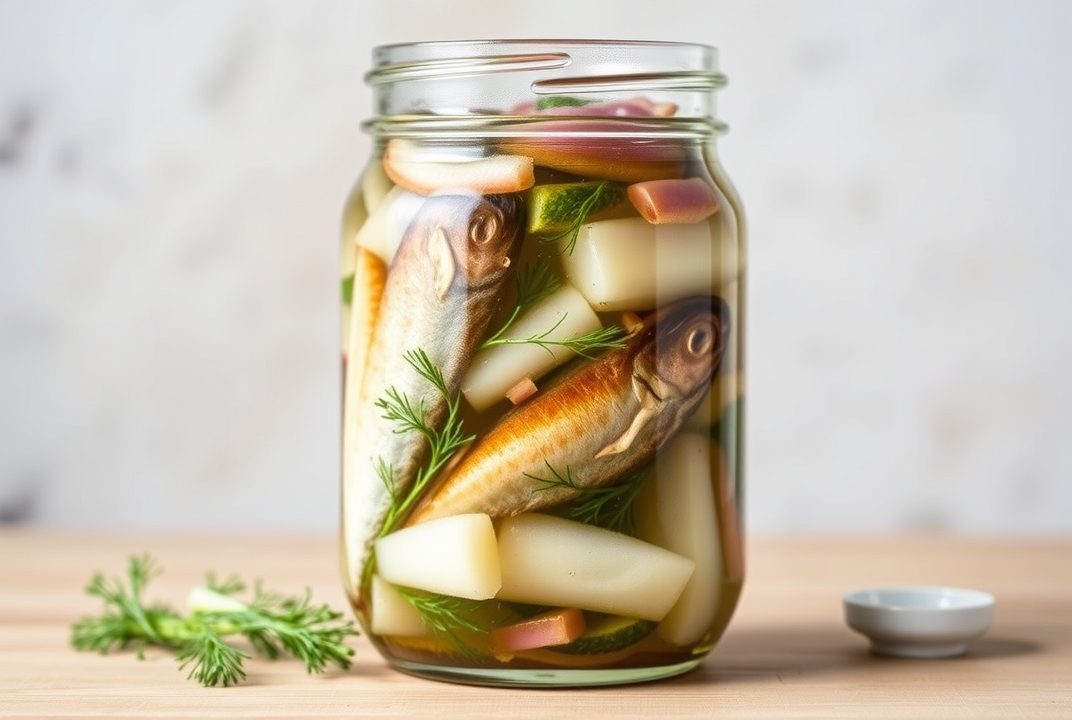
5. Rømmegrøt
A creamy porridge from Norway, rømmegrøt highlights the Scandinavian penchant for dairy. Made from sour cream, milk, and flour, it's gently seasoned with cinnamon and sugar, making it a comforting dish often enjoyed during festive times.
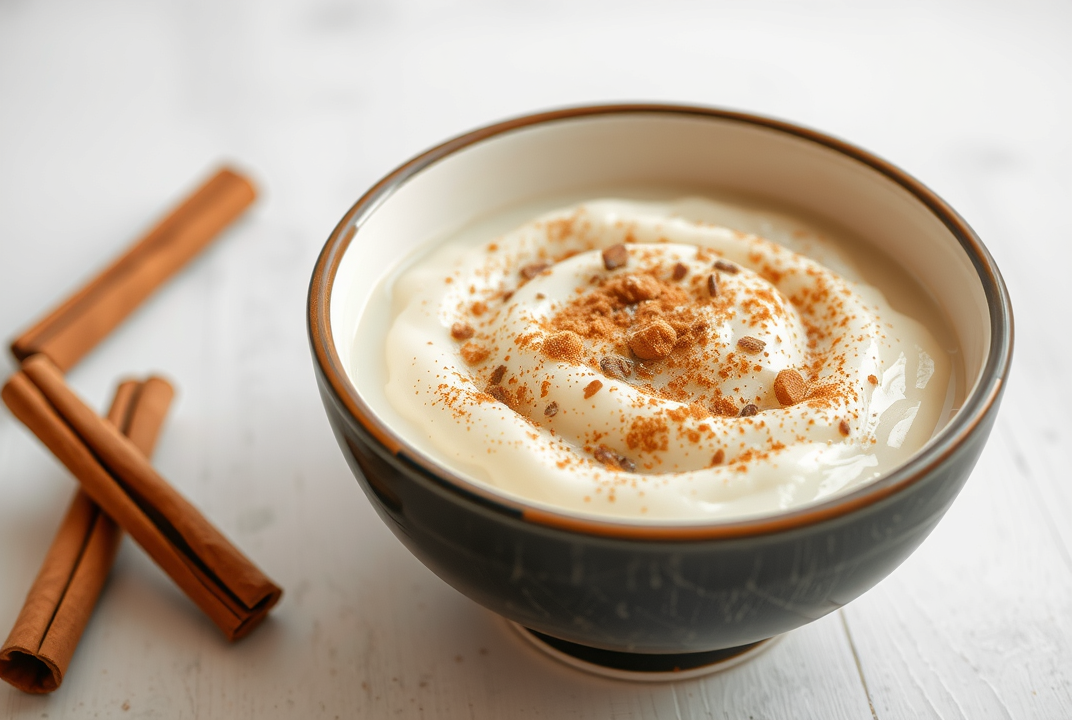
6. Skyr
Though often compared to yogurt, skyr is a unique Icelandic dairy product that is incredibly high in protein and low in fat. Often consumed with fresh fruit or as a base for desserts, it reflects the forward yet simple approach to food in Iceland.
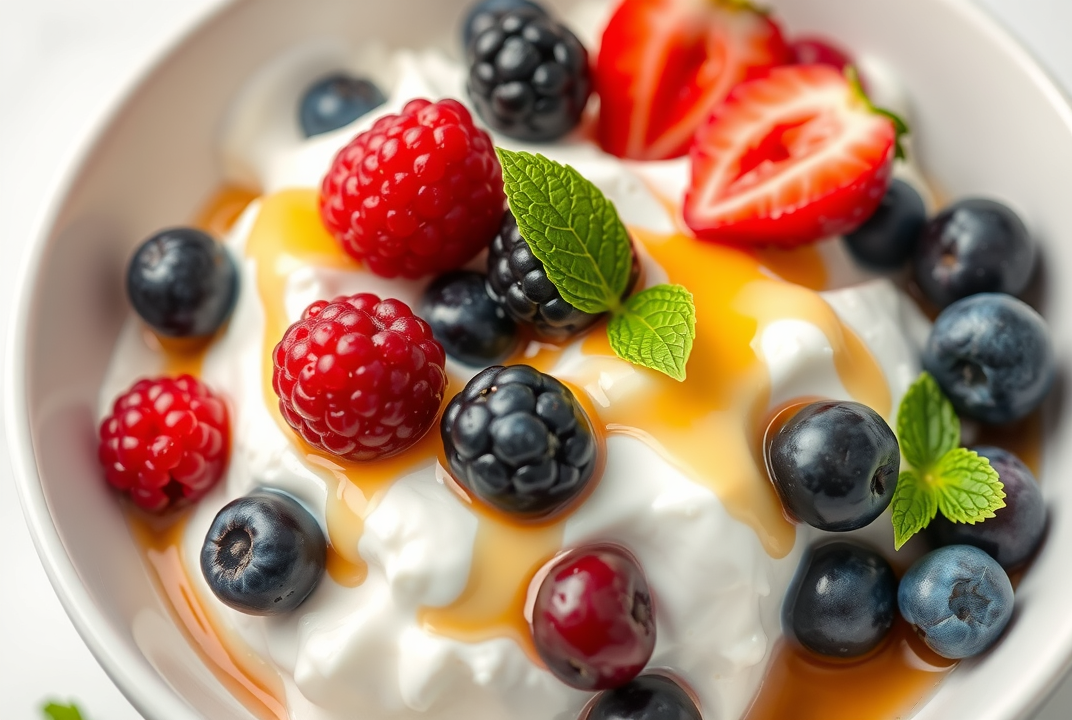
7. Rugbrød
Rugbrød is dense rye bread that forms the base of many Danish dishes. Famous for its health benefits, including high fiber, it is a crucial component in many meals, providing both flavor and nutrition.
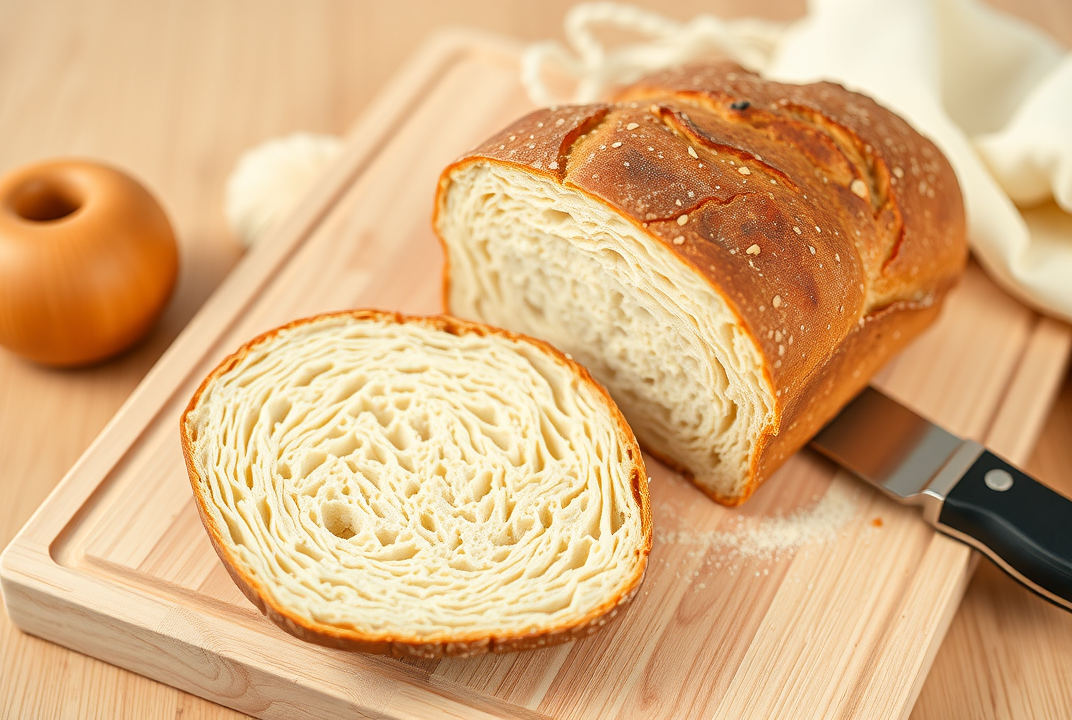
8. Lutefisk
A rather polarizing dish, lutefisk is dried fish (usually cod) reconstituted and treated with lye. While it may sound unusual, it provides a unique, delicate flavor that's celebrated in Norway and parts of Sweden.
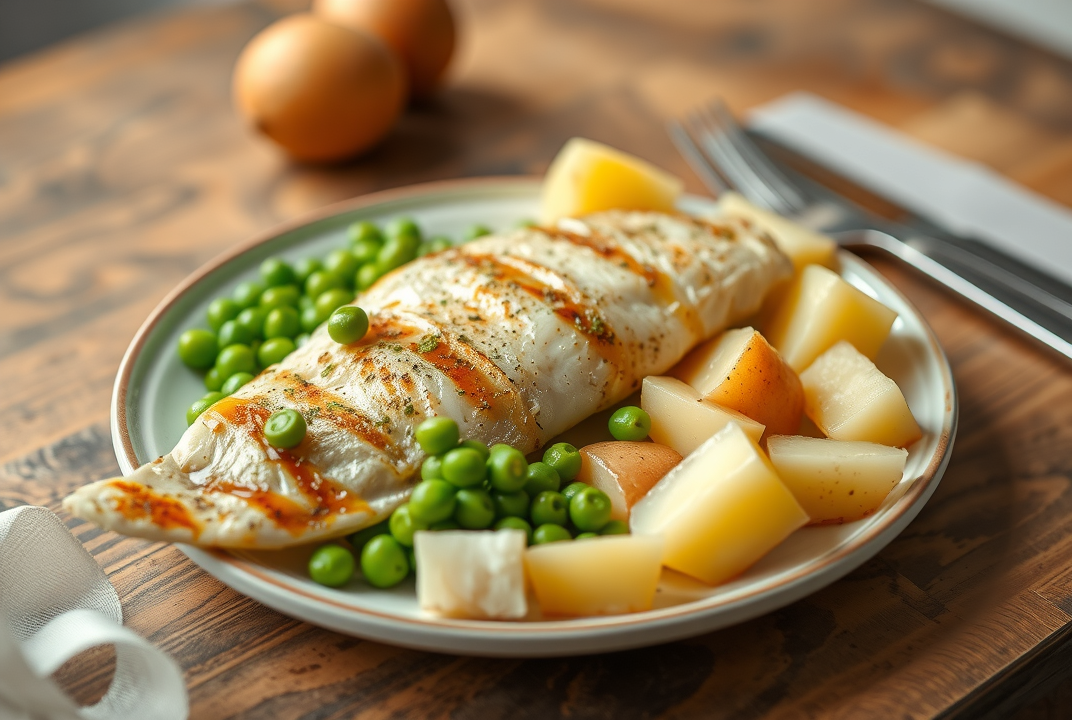
9. Fika
More than just a snack, fika is a cultural institution in Sweden. At its core, it involves enjoying a coffee break with pastries like cinnamon buns, fostering both tradition and social connection.

10. Pea Soup and Pancakes
In Sweden, a traditional Thursday meal features pea soup followed by pancakes. This sequence is engrained in the culture, offering a comforting balance between savory and sweet.
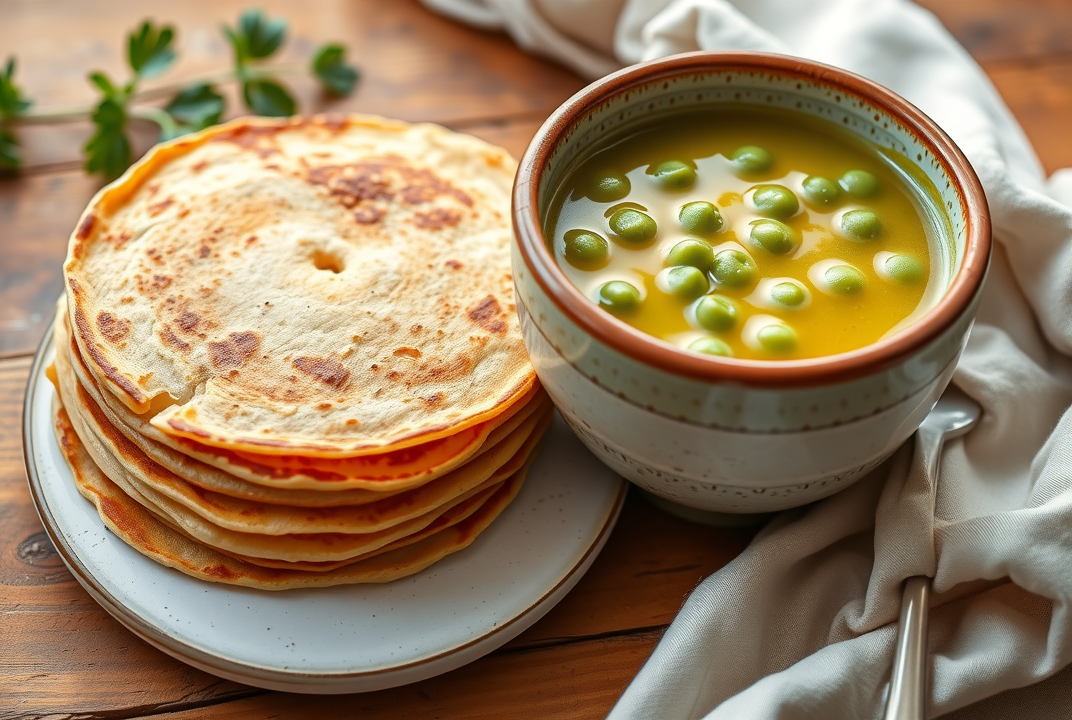
Conclusion
Exploring Scandinavian foods is more than just tasting; it’s about understanding the culture and history that shape these dishes. From gravlax to fika, each meal is a chance to enjoy a blend of freshness, tradition, and creativity. Whether you're visiting the region or simply inspired to try these dishes at home, dive into this culinary adventure and experience the true taste of Scandinavia.